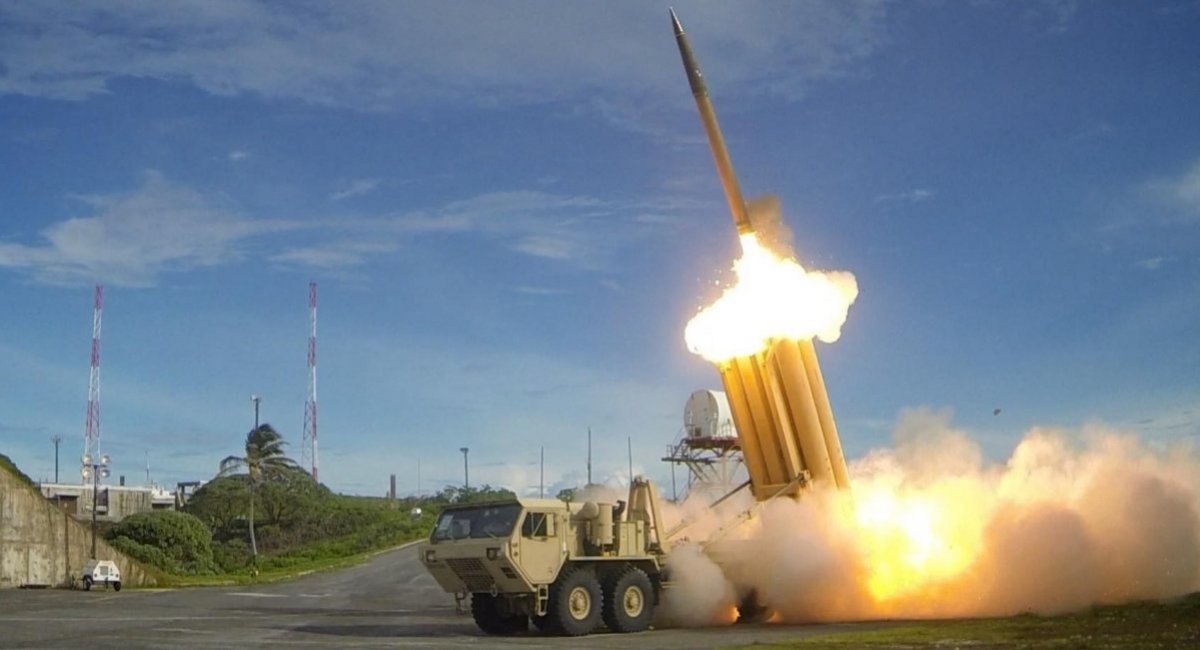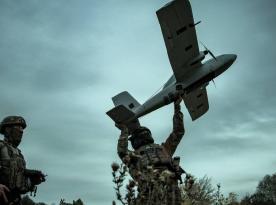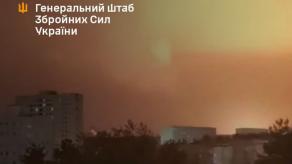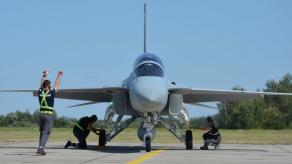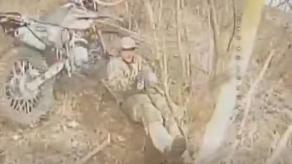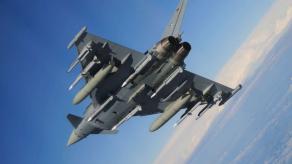Among the weapons requested by Ukraine from the United States, the THAAD (Terminal High Altitude Area Defense) air defense system stands out.
Mentioned in the list, reportedly brought by the Ukrainian defense ministry delegation to Washington DC, THAAD, unlike many other items, has actually been on the table for a while. Now-former Minister of Defense of Ukraine, Oleksii Reznikov, voiced the need for this air defense weapon as early as September 2022.
Read more: Ukraine's Weapon Wishlist Price Tag is Surprisingly Reasonable and Realistic
The rationale behind Ukraine's interest in THAAD is clear – it represents a potent echelon of anti-missile defense designed to intercept ballistic missiles at ranges up to 200 km and altitudes of 100–150 km, especially vital in light of russian systematic attempts to strike Ukrainian infrastructure with ballistic missiles.
Manufactured by Lockheed Martin, THAAD employs kinetic interception, often referred to as "hit-to-kill" technology, to ensure interception and neutralization of an incoming ballistic missile by direct collision with the target at full speed.
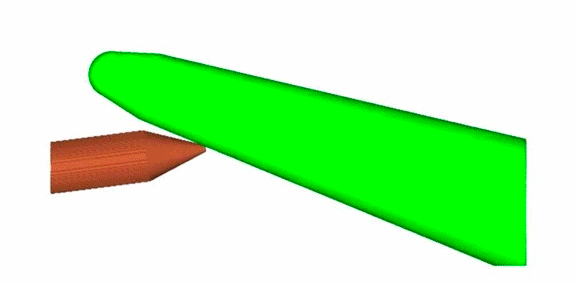
THAAD's single-stage anti-missile interceptor, with a length of 6.1 meters and a launch weight of 900 kg, reaches speeds up to Mach 8.2 and uses a thermal imaging sensor for guidance in the terminal phase of target engagement.
A typical THAAD battery comprises six launchers, each carrying eight missiles, totaling 48 missiles.

At the core of the system is the AN/TPY-2 radar with a digital antenna array of 9.2 square meters, operating in the X-band (8.55–10 GHz). This radar is responsible for identifying targets and guiding interceptors towards them. The instrumented range is 1,000 to 2,000 km, depending on the data source.
This radar operates in a sector of about 120 degrees, therefore comprehensive surveillance requires utilizing several such radars at once. Target information can be transmitted to THAAD through a common data exchange system, for example, through satellite communication.
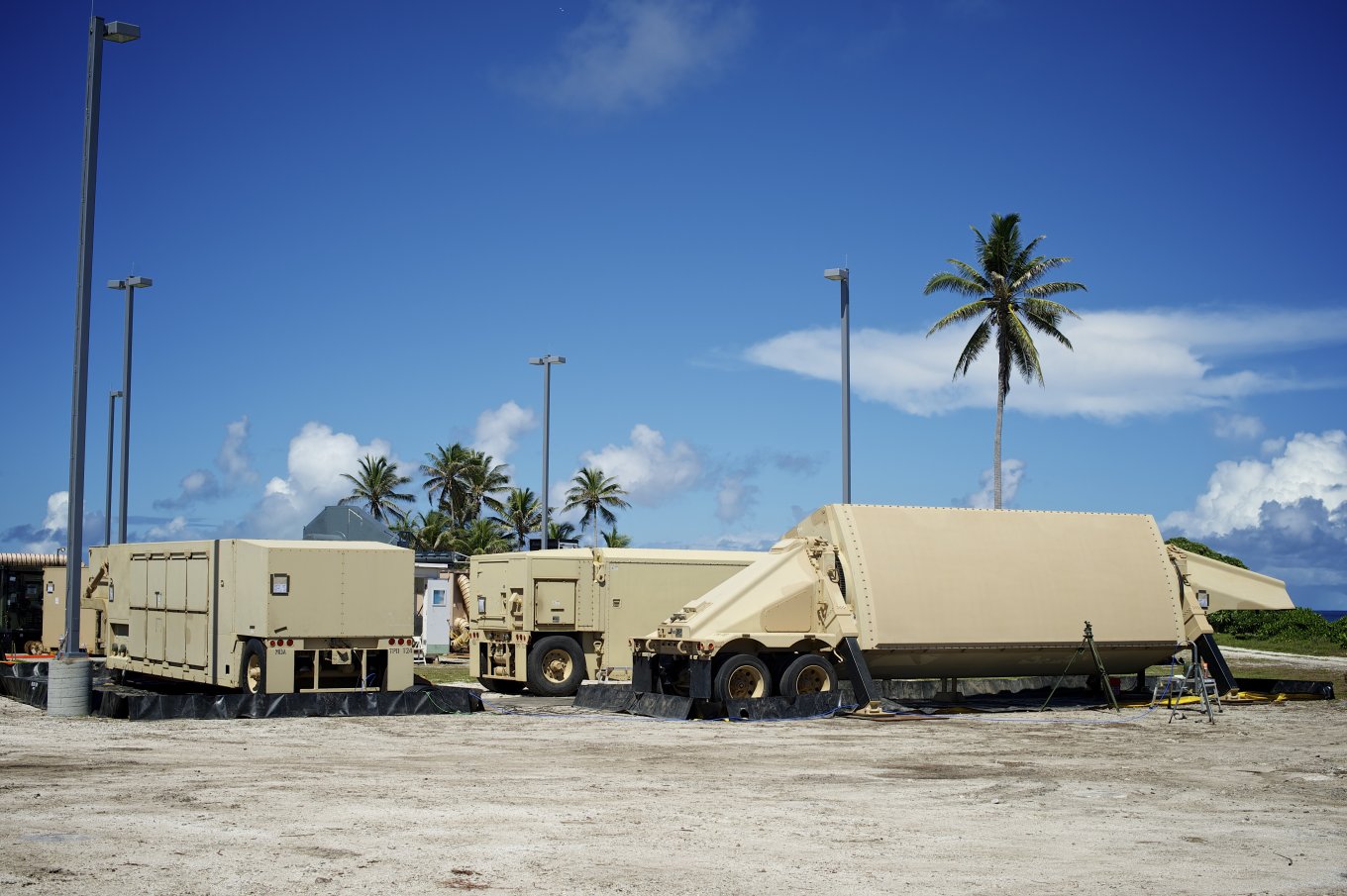
Despite being developed in the late 80s, tested in the 90s, and entering service with the U.S. armed forces in 2008, THAAD has not become widely used. Besides the United States, the only two foreign operators are the United Arab Emirates and Saudi Arabia, both wealthy nations.
One primary obstacle to wider adoption is the acquisition cost. For instance, the UAE purchased two batteries for $3.5 billion in 2011 and added two Launch Control Stations, two Tactical Operations Stations, and 96 interceptors in 2022 for additional $2.24 billion.
In 2017, Saudi Arabia received permission to purchase a substantial THAAD package estimated at $15 billion, including 44 launchers, 360 interceptors, 16 tactical operations stations, and 7 AN/TPY-2 radars.
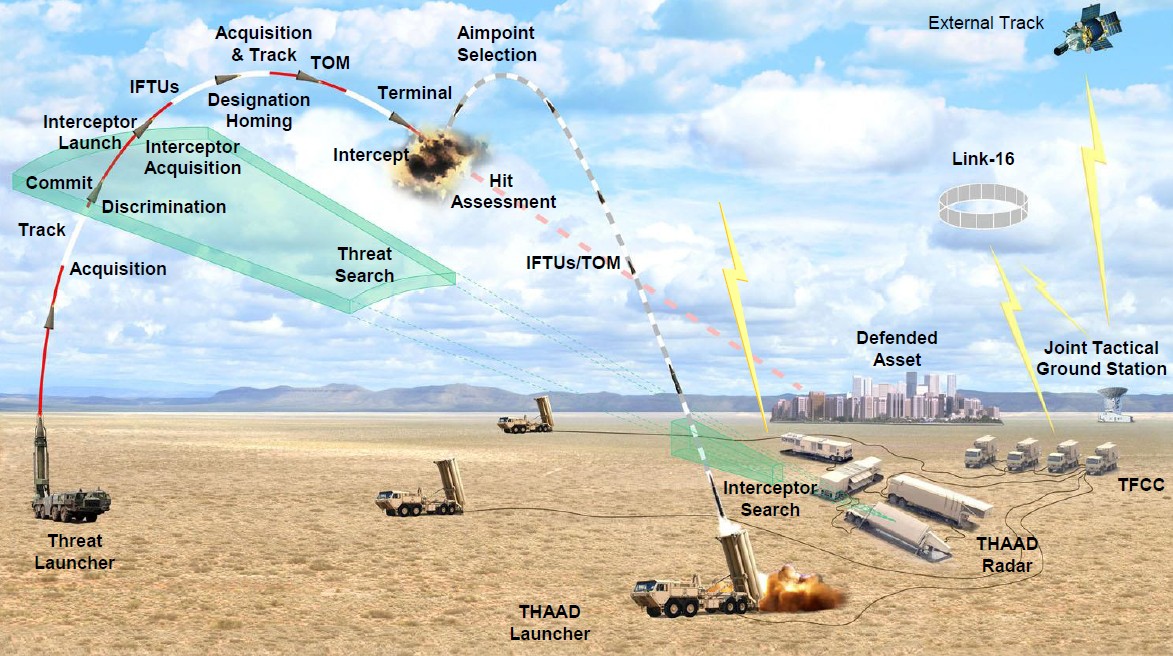
At times, export of THAAD led to extremely tough international disputes, especially when a country located next to the russian federation or China wanted to deploy such systems. For example, South Korea was interested in THAAD in 2013, Japan in 2015, and Taiwan in 2017. None of them ended up acquiring them, although THAAD systems eventually were deployed in Korea at U.S. military bases starting in 2016–2017.
Ukraine, in turn, definitely has the need for THAAD. On the opposite end, the sheer cost of this system, not to mention the expenses for maintenance, coupled with the scarcity of available units scattered across U.S. military bases worldwide, make THAAD an objectively challenging asset for Ukrainians to obtain, whether as donated military aid or self-funded purchase.
Read more: How Much Time and Money will it Cost to Deploy Anti-Missile Defense if Ukraine Eventually Gets THAAD




